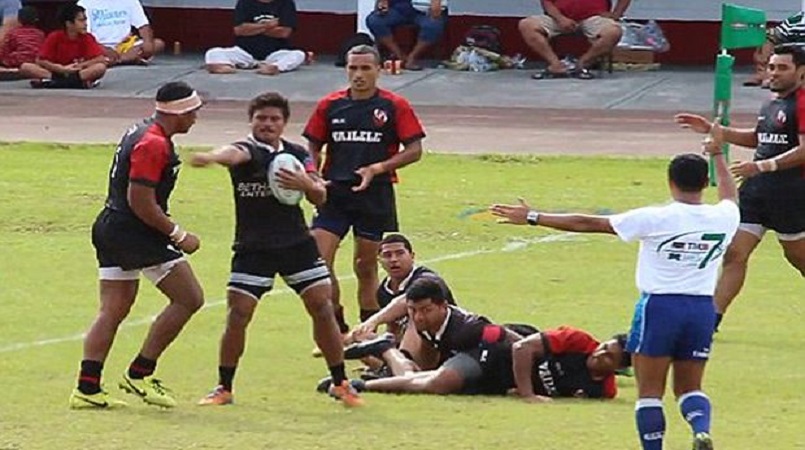
The days of controversial calls will soon be over for local rugby competitions as the Samoa Rugby Union is looking to install Samoa’s first ever Television Match Official referral system in domestic competitions.
General Manager of Rugby Brian Hopley says it will assist with the referees’ decisions and improve the game.
The efforts by SRU are spearheaded by their Match Officials pathway coordinator, Anae Tui Komiti and National Analyst, Hari Junior Narayan whose goal is to make the dream a reality.
“This is a tool that will be available for coaches for post-game analysis. It will help with the review of players performances for entry into the High Performance Unit, Samoa A, Under 20’s, Manu Sevens, Samoa 10’s and possibly Manu Samoa,” said Mr. Hopley.
SRU National Analyst Narayan is steadfast in their approach to complete the project as it means the improvement in officiating and play monitoring will be greatly supported.
“Our main objectives are to up skill our local match officials and assist with any calls they are unsure of. Another major is to promote fair play by making players aware they are being monitored and any foul play will be at the risk of a yellow card or even red card,” said Narayan.
The system would mean real time communication between the match officials and the ones in the control booth, giving the officials on the field a little less to handle while the game is going on.
The referees will use three two-way radios to communicate. Both Assistant referees on the field will have a radio and the third will hold the sideline sub controller.
“If a ref is unsure of a call, he will stop the clock and signal for TMO. At that point the nearest AR will pass his radio to the referee and he will communicate directly to the TMO on what he wants to review,” said Narayan.
Tui Komiti, who is the Match Officials Pathway Coordinator, says the installation of such a system would be a relief to the man running the match.
However, they currently lack the funds to afford the actual com units used professionally by other international unions, which cost up to $5000 NZD.
